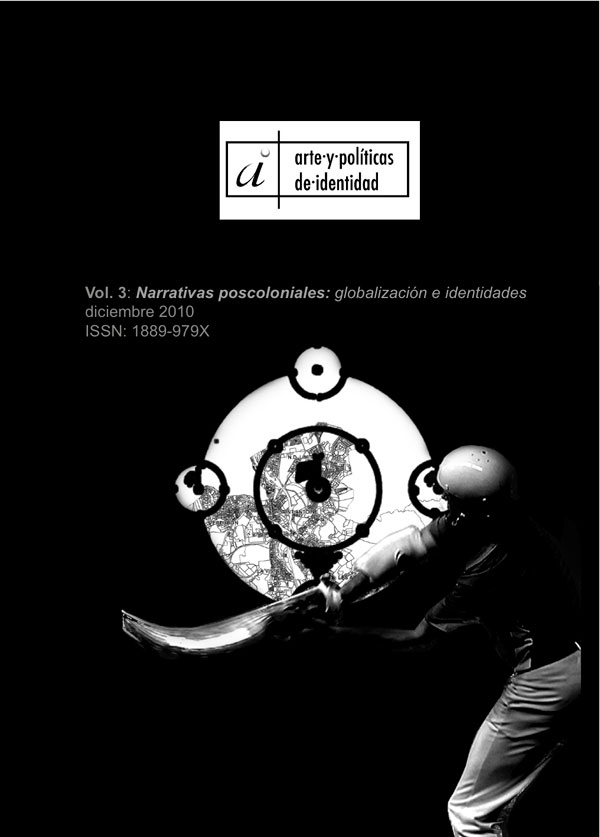Acephala, Acephala! Headless Figure in Francesca Woodman’s Work.
Abstract
The aim of the article is to demonstrate one of the most characteristic and at the same time most overlooked qualities of Francesca Woodman’s photographs – decapitation, or more specifically auto-decapitation of picture’s subject. The act of beheading by the picture frame cannot be interpreted as a technical aspect or as the artist’s lack of control over the shooting process. Neither should it be comprehended as a project of anti-biography. A more convincing interpretation can be founded on the association of Woodman’s work with such surrealist dissidents as Michel Leiris, André Masson, and Georges Bataille. The act of auto-decapitation for Leiris is obligatory in order to address oneself since one is never able to see him- or herself fully. For Bataille decapitation represents the human revolt against one’s form, viewed as an act of liberation. Woodman initiates the inter-textual play with the figure of the Acephalé (headless) known from the surrealists’ writings and art (Masson). She perpetuates the revolutionary message while modifying it by implementing the female body. But the result is opposite to the straightforward critique of women’s decapitation as an act of men’s oppression. Woodman’s Acephala break up with conventional representation and uses of the body – in this way her art becomes familiar with affirmative reflections on the hysterical body by authors including Hélène Cixous and Julia Kristeva.Downloads
-
Abstract432
-
PDF (Español (España))272
References
Bal M. (2009). Marcel & Me: Woodman Through Proust. In I. Tejeda (Ed.), FrancescaWoodman. Retrospectiva. Murcia.
Cixous H. (1981). Castration or Decapitation. Signs, Vol. 7, No. 1.
Davidson P. (2000). Girl, Seeming to Disappear. The Atlantic Monthly. Retrieved June 15, 2009, from http://www.theatlantic.com
Hollier D. (1992). Against architecture. The writings of Georges Bataille, Cambridge
------(1997). Absent without leave: French literature under the threat of war. Harvard: University Press.
------(2007). Nagłówek Holofernesa (notatki o Judycie). Konteksty, nr 3-4, 278-279.
Ives K. (2007). Cixous, Irigaray, Kristeva. The Jouissance of French Feminism. Kent.
Janus E. (1998). Un séjour romain. In H. Chandes (Ed.), Francesca Woodman. Paris and Zürich
Krauss R. (2000). Problem sets. In Eadem. London: Bachelors.
Riches H. (2004). A Disappearing Act: Francesca Woodman’s Portrait of a Reputation. Oxford Art Journal, Vol. 27, No. 1.
Tejeda I. (2009). Portrait of the Artist as an Adolescent. Francesca Woodman, Strategies of the Imperceptible. In M. Pierini (Ed.), Francesca Woodman. Milano.
Townsend C. (2006). Francesca Woodman, Scattered in Space and Time. London and New York
Works published in this journal are subject to the following terms:
- The Service of Publications from the University of Murcia (publishing house) keeps the published works’ copyrights, and favors and allows the reuse of these works under the license indicated in point 2.
- Works are published in the journal’s online edition under the license Creative Commons Reconocimiento-NoComercial-SinObraDerivada 3.0 España(texto legal). They can be copied, used, disseminated, transmitted and publicly exhibited, as long as: i) the author and original source of publication are cited (journal, publishing house and work’s URL); ii) they are not used for commercial purposes; iii) the existence and specifications of this license are mentioned.
3. Conditions for auto-file. It is allowed and encouraged that authors share electronically their pre-print version (the pre-reviewed version) and /or post-print version (the reviewed and accepted version) of their Works before the publication, since it promotes its circulation and dissemination. RoMEO color: green.










